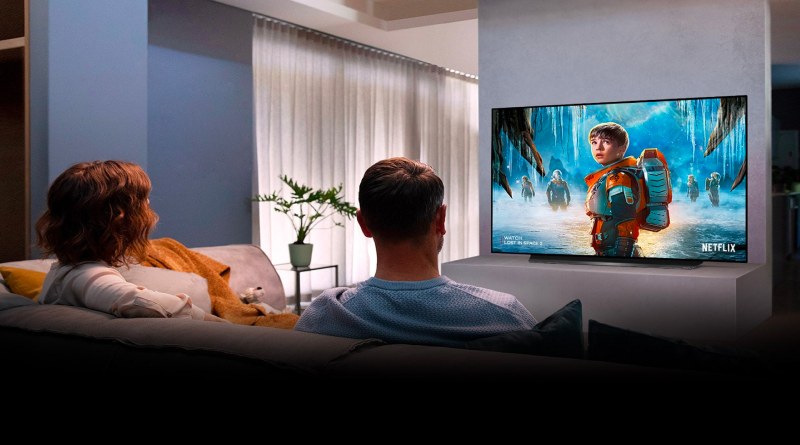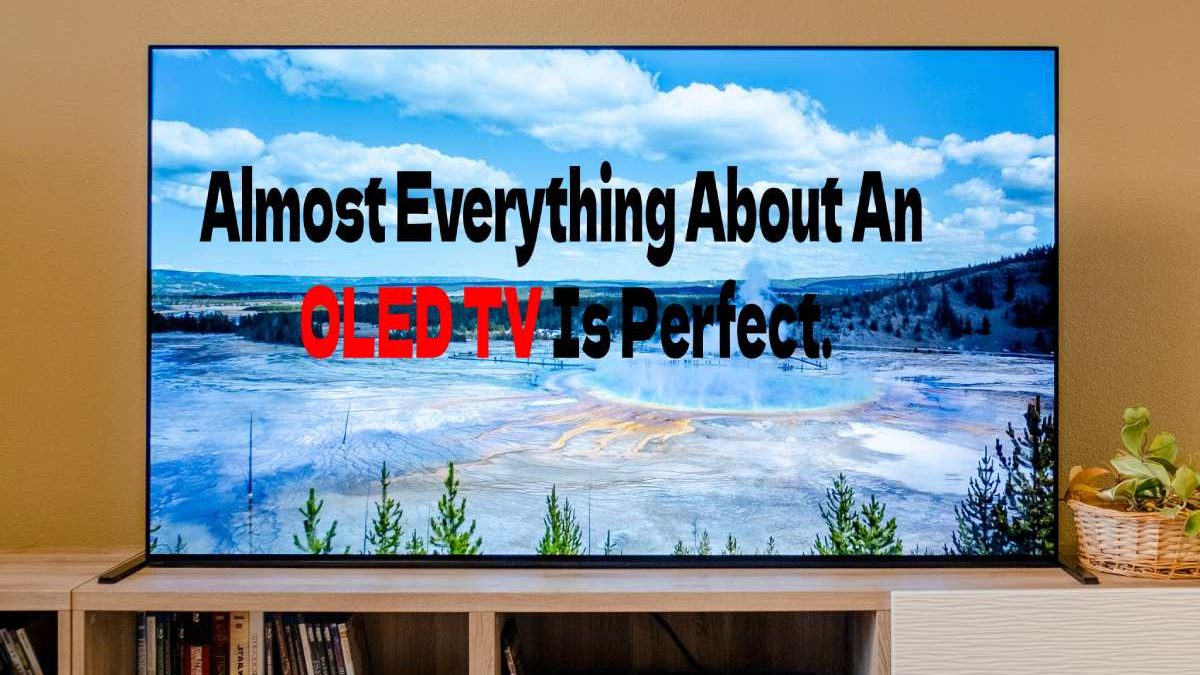When you purchase a high-end OLED TV, you always stand out. Any TV—Panasonic, LG, or Sony—has excellent quality; only little variations compel you to select one over the other. Among the businesses we evaluated in 2019 and early 2020, Panasonic is the one that receives the most attention for picture quality. Thus far, this TV has the best calibration we’ve tried.
LG’s strong suit is that it offers all of HDMI 2.1’s features, including NVIDIA G-Sync for televisions with a strong gaming bent. Instead. Sony will find the same technology with a near-perfect 2018 model. As a result, the AG9 is a OLED TV with fantastic design and picture quality. But it lacks the guts to stand out in cutting-edge technology.
Table of Contents
The Most Beautiful OLED TV You Can Buy
In terms of design, the Sony AG9 is our favourite television. We were fortunate enough to sample the 65-inch model, which is the largest available. And as a result, we met with an actual wall of images as the OLED TV turned on. Sony reacted to customer criticism and replaced the movable rear kickstand with a more typical rear kickstand that tilts slightly backwards. Unlike other models, though. Sony developed this one to be practically undetectable. The television appears to be nearly suspended on the support surface because there is no room between the panel and the base on which it stands.
At the rear, the electronics and connections will cover a plastic material of average but not exceptional quality, but that is a matter of edges; that part is hidden. The absence of mobile rear supports also facilitates installation on the wall.
REMOTE NEWS, UPDATE, NOW IN QUALITY. Thanks to the metal casing on the front, the back remains plastic. The backlighting of the keys is missing, something that we would always expect on television that costs almost 2,800 euros online. But compared to the AF9, the improvement is remarkable.
There’s everything you need to know about a 2018 OLED TV regarding connectivity. We’re not getting the date wrong; we found four full-band HDMI 2.0 (18 Gbps). But no HDMI 2.1, not even some features.
True, this is a OLED TV release in 2019, when next-gen consoles were less popular. But since Sony will be one of the stars of the upcoming gaming season. And the AG9 will remain on the list throughout 2020, we would have expected more. Pay attention to the game world. HDMI 2.1 The only function available in Dolby Atmos with eArc connection, unfortunately without VRR and 4K at 120 Hz.
Technical Characteristics for OLED TV
The Sony AG9 has a 4K OLED tv panel made by LG to handle almost any HDR format, including Dolby Vision. The picture processor hasn’t changed since AF9, and X1 Ultimate remains excellent, and all the techniques to characterize it. Thus, we find functions to increase detail and scale content or improve the super bitmap that converts between colours to avoid unpleasant halos. HDR10+ lacks appeal, but its low dispersion doesn’t make it an absolute necessity, and Dolby is winning the battle for HDR standard supremacy right now.
All features should be disabled to keep content accurate to the original features but may be of interest to a broader audienDon’t miss out on Automatic Calibration via CalMAN, which still requires special software and detection probes. Ce. There’s also the excellent Motionflow for motion management, which is one of the best (if not the best) technologies; white balance is 2 points and 10 points straight from the OLED TV settings and converted to 20 using CalMAN software.
On the audio side, we find Acoustic Surface Audio System +, which reproduces the sound directly from the panel thanks to the actuators located at the rear of the OLED TV. In the previous AF9, the system consisted of 3.2 channels, up to 2.2 channels in the AG9.
The Android nine operating system will manage the Mediatek MT5893 processor, a quad-core processor with Mali-G71 GPU. A strange choice is to reduce the amount of RAM compared to the 2018 model, from 4 GB to 2.5 GB, with about 6 GB for data storage.
A welcome addition to previous models, especially for Apple users, it’s AirPlay Compatible and fully compatible with Apple OLED TV +; get the most out of your iPhone.
Operating System And Viewing Experience – OLED TV

The first question that happens is whether the lower amount of RAM will affect the performance of Android 9. The answer is no. The operating system works well; maybe compared to Android 9. Google optimized the resources better. And now they need fewer resources for works decently. We didn’t quite reach the speed levels we saw on the NVIDIA Shield OLED TV, there are some minor concerns, but nothing to worry about.
We lead the way in video quality, One of the best OLED TVs you can buy today, just like its predecessor. The AG9 offers the best content in 4K and Dolby Vision, and the Sony panel and electronics quality are apparent. Do you see the difference compared to the AF9? Without tools, no, OLED screens have now reached a high level of maturity, and it isn’t easy to push anything more than recently.
However, the Japanese company is taking a slightly different approach than its competitors, limiting the light output for HDR content to a peak of around 600-650 nits. However, the OLED TV exceptionally high contrast makes lower brightness less noticeable, making the panel immune to any image retention. For this reason, unlike other TVs, we prefer “bright” mode to dark mode when viewing in a partially lit room with Dolby Vision enabled.
Operating System
For non-HDR content, the quality remains high regardless of source limitations. And here comes the X1 Ultimate picture processor, which applies excellent content enhancement. Using Rec.709 colour space, the factory calibration is good with a dE of 4. Not the best we’ve seen this year, but errors are still under control.
The AG9 has a dE of 0.6 after calibration. Still, you can lower it with a more precise calibration. Excellent value, and almost comparable value to a reference monitor. For non-HDR content, the selectable presets are Cinema and Personal. Closest to the factory-set baseline values.
Audio performance is excellent, and we appreciate the Acoustic Surface Audio+ system on other models. Which proves to be one of the best OLED TV integrations. Compared to the AF9, the lack of channels is practically irrelevant, we didn’t make a direct comparison as we didn’t have the older model available, but we didn’t notice any difference.
Bass is there, especially when you consider the average OLED TV. And depending on your settings, you can adjust the sound space for a warmer, more immersive performance. Sony has done an excellent job in audio in recent years, and this time the AG9 fully confirms it.





Review Almost Everything About An OLED TV Is Perfect..